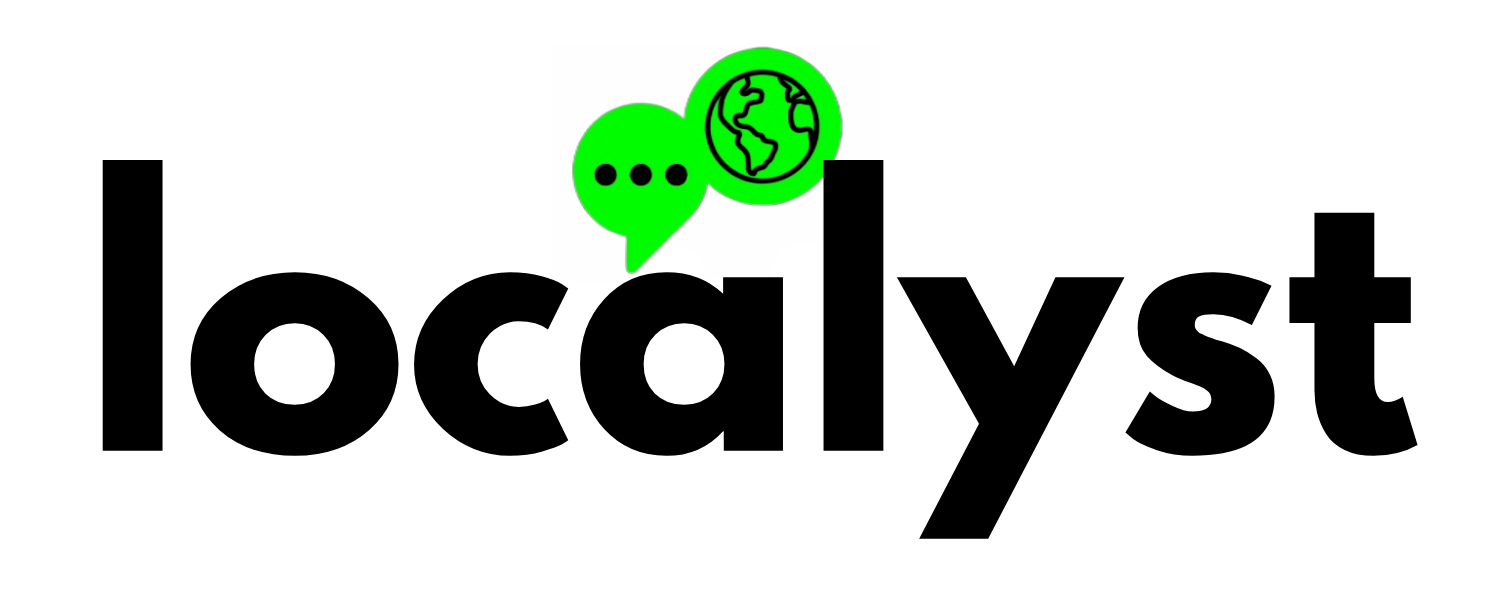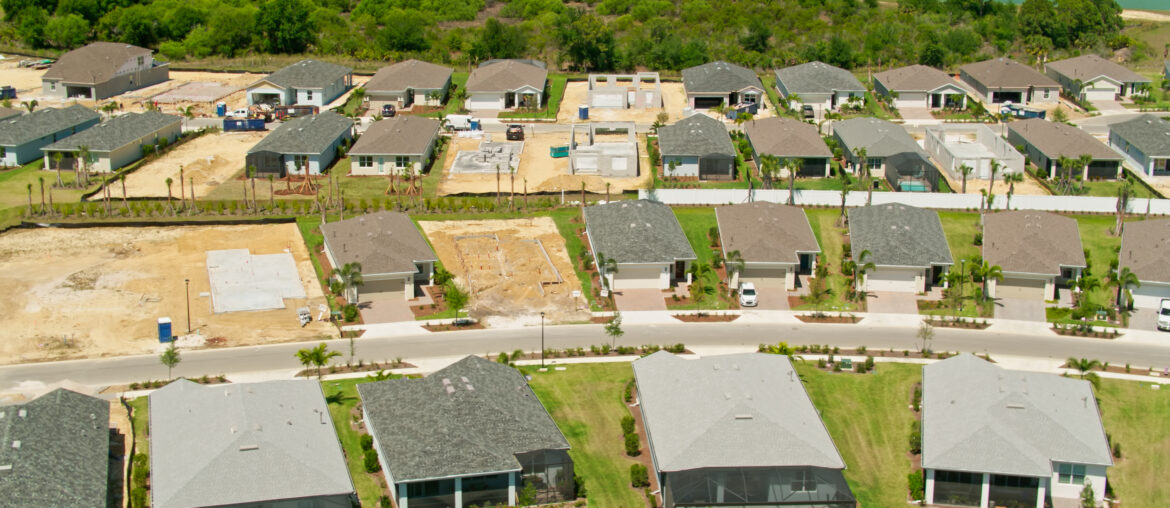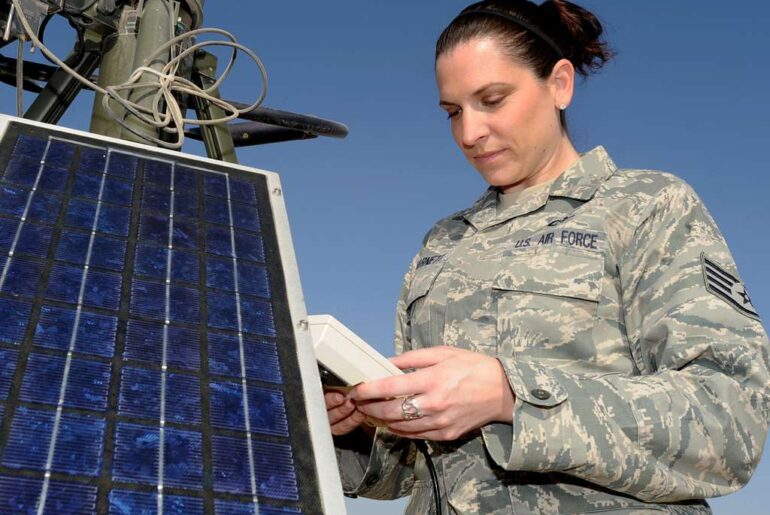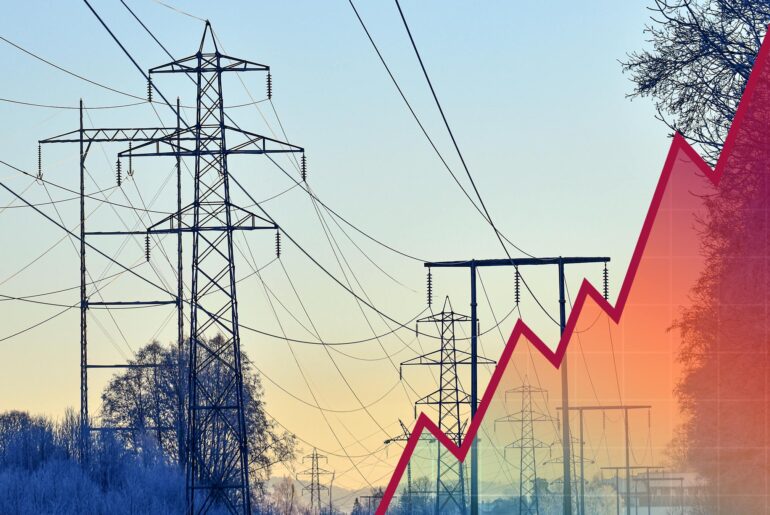When Hurricane Milton barreled toward the Florida Gulf Coast last year, thousands of residents in nearby Fort Myers scrambled to evacuate. But just 15 miles inland, a different kind of community quietly proved what’s possible when a town is built with the future — and its neighbors — in mind.
Welcome to Babcock Ranch — a solar-powered town about the size of Manhattan, built not just to survive storms, but to help others weather them too.
As reported by the New York Times, more than 2,000 Floridians sought refuge at Babcock Ranch as the storm approached. Two key community buildings served as official emergency shelters: a K-12 school that housed around 400 people, and a 40,000-square-foot field house that held another 1,600. On top of that, town co-founder Syd Kitson said hundreds more evacuees found shelter in the homes of the town’s 10,000 residents.
“When Governor DeSantis made the announcement that Babcock Ranch was open, we saw a very big surge in evacuees,” Kitson explained. “It saved a lot of lives in some really dangerous areas.”
Built for the Long Haul — and the Next Storm
Babcock Ranch isn’t your typical Florida suburb. Since opening in 2018, it was designed from the ground up to be self-sufficient and storm-ready — and its performance during Hurricane Milton has only made the case stronger.
Every structure in the town is built to withstand 150-mile-per-hour hurricane winds, a level of reinforcement most communities simply don’t have. While neighboring towns saw widespread power outages, Babcock Ranch kept the lights on thanks to its 150-megawatt solar farm and underground electric lines — both smart, forward-looking features that proved their worth during the storm.
According to reports, the damage in Babcock Ranch was minimal — some downed trees and traffic lights, but no power outages and no major flooding.
And that’s not just luck.
Solar Power + Smart Infrastructure = Peace of Mind
At a time when millions of Americans still face outages every year due to storms, wildfires, or heat waves, Babcock Ranch offers a glimpse of what a new kind of resilience could look like.
The town is powered by a solar array large enough to keep homes, shelters, and community infrastructure running — and because 90% of the surrounding land is protected wetland, the area is naturally designed to absorb floodwater and reduce risk.
It’s the kind of setup that might sound futuristic — but it’s working right now, for everyday families.
Not Just Clean Energy — Community Energy
But perhaps the most impressive thing about Babcock Ranch during Hurricane Milton wasn’t just the solar panels or the infrastructure. It was the people.
While official shelters filled up fast, residents stepped in and opened their homes to strangers. They helped neighbors from down the road and evacuees from towns they’d never been to. It wasn’t just about weathering the storm — it was about showing up for one another.
In many rural areas, the idea of a master-planned, solar-powered town might feel distant. But Babcock Ranch shows that with the right planning, community-driven design, and a focus on local resilience, this model is not only possible — it’s proven.
What Could This Look Like in Your Town?
No two communities are the same, but the success of Babcock Ranch raises real questions for the rest of us:
- What if solar power wasn’t just about saving on electric bills, but about keeping your town running in a crisis?
- What if storm resilience didn’t have to mean starting over every few years, but preparing smart from the start?
- What if rural towns could preserve their way of life — while still protecting homes, families, and farms from extreme weather?
For Babcock Ranch, the answer to all those questions was “yes.” And after this storm, more communities may start thinking the same way.




